Executive Summary
Until the outbreak of the war in Ukraine, Syria was the most extensive arena the Russian military was deployed permanently. Nevertheless, Russia will not abandon the Syrian arena, which it considers a strategic arena, leaving it in the hands of the Iranians. Before the outbreak of war in Ukraine (February 24, 2022), the Russian military force in Syria consisted of around 10,000 soldiers in 12 bases (two main ones: Tartus and Hmeimim, and ten smaller ones) and various assorted field outposts. As of now, it is not clear whether, in light of the war in Ukraine, Russia has substantially reduced the number of troops in Syria and transferred them to fight in Ukraine. It is clear that Russian forces have been transferred from Syria to Ukraine, but the extent of the forces redeployed is not clear to us.
With the outbreak of the war in Ukraine and in the days and weeks that followed, the Russians seemed to have gone to great lengths to exhibit “business as usual” and were not neglecting their activities in Syria. There is a Russian trend towards an increased “marketing” perception of their activities in Syria. The “marketing” is both in the context of military activity and civilian-humanitarian activity vis-à-vis the population.
Israel faces two challenges within the framework of the Russian presence in Syria. The main Israeli challenge stems from the deployment of Russian soldiers throughout Syria while implementing the Campaign Between Wars (CBW) activity without physically harming Russian soldiers and interests. The second challenge stems from the war in Ukraine and the redirection of Russian attention there. Before the outbreak of the war in Ukraine, the Russians actually sought to achieve momentum at the expense of the Iranians in the race for influence in Syria. However, there is no “vacuum” in the Middle East, even for a moment, i.e., elements of the radical Shiite axis led by Iran immediately take advantage of Russia’s attention-turning to Ukraine and try (and succeed) to achieve accomplishments over the Russians in the race for influence in Syria. Such achievements come at Israel’s expense and harm Israeli interests.
If Russia should become “unsatisfied” with the Israeli CBW’s (Campaign Between Wars) activity in Syria in particular and with Israeli policy in general (also in the context of the war in Ukraine), its response poses a challenge for Israel. The Russian responses can be conveyed, as we have already expressed in our assessment in the past, in the passing on of preliminary intelligence regarding Israeli attack intentions to the Syrians and/or Iranians, after-the-fact publicity regarding the details of an Israeli attack, the transfer of advanced conventional weapons to the Syrians (S-300 air defense batteries for example) and “turning a blind eye” when conventional Russian advanced weapons are transferred from Syria to elements of the radical Shiite axis led by Iran, with an emphasis on Hezbollah (as was done with the Sa17 / SA22 / OSA air defense batteries and highly likely also the Yahunt missiles). In addition, scenarios of lower likelihood in the figure of a direct threat on IDF forces on Syrian soil should be taken into account, emphasizing threats to the Israeli Air Force.
Israel needs to set the rules of the game in the region. The countries on Israel’s northern border should be considered one arena, and Israel should establish a central rule: any threat to Israel’s security will be met with an independent response from Israel, and the other “players” should take this into account. On their part, they need to manage their risks concerning this Israeli principle.
In the Middle East, everything is connected; sometimes, the interests of opposite sides become common interests. On the one hand, the Israeli CBW serves the Russians in their race for influence against Iran in Syria. On the other hand, the Russian presence in Syria serves Israeli interest by pushing the radical Shiite axis led by Iran out of Syria.
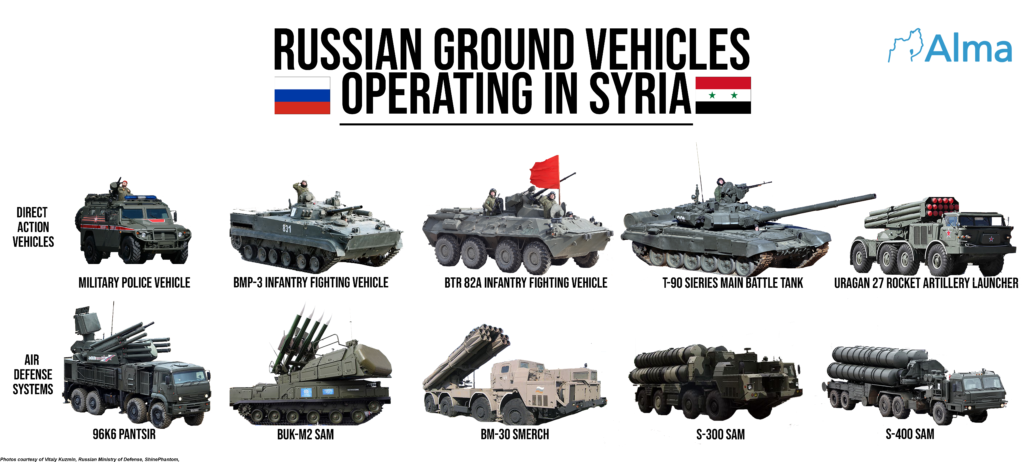
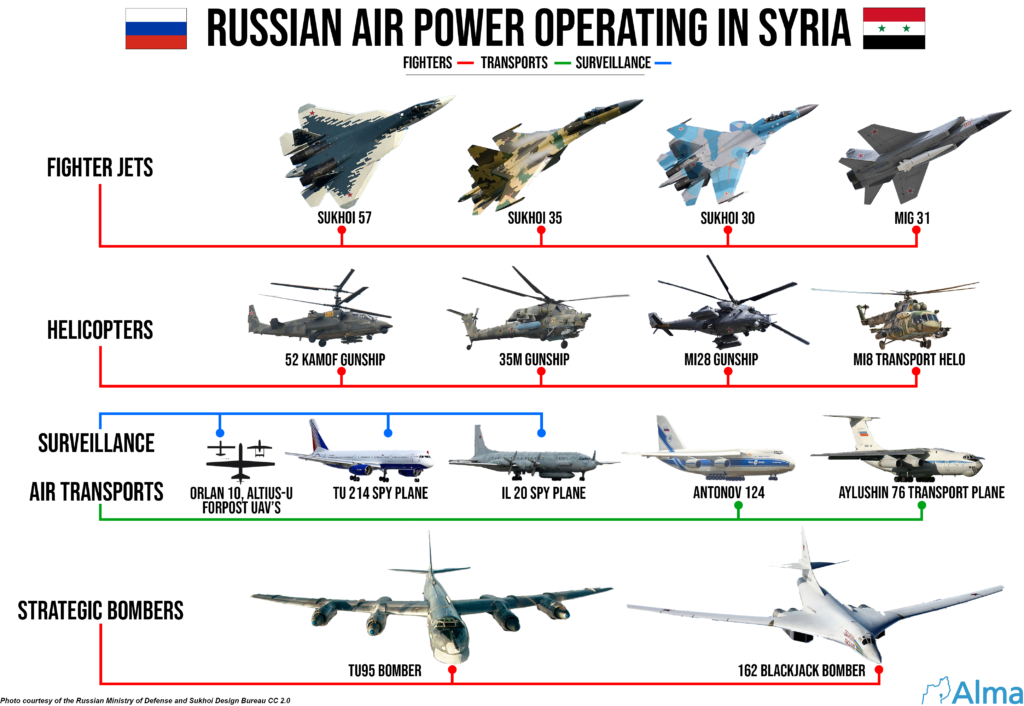
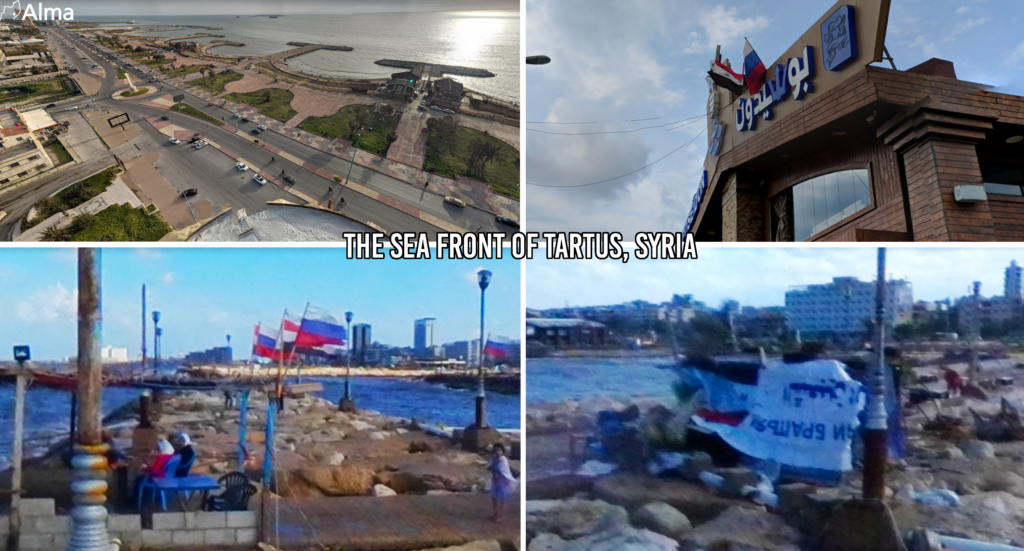
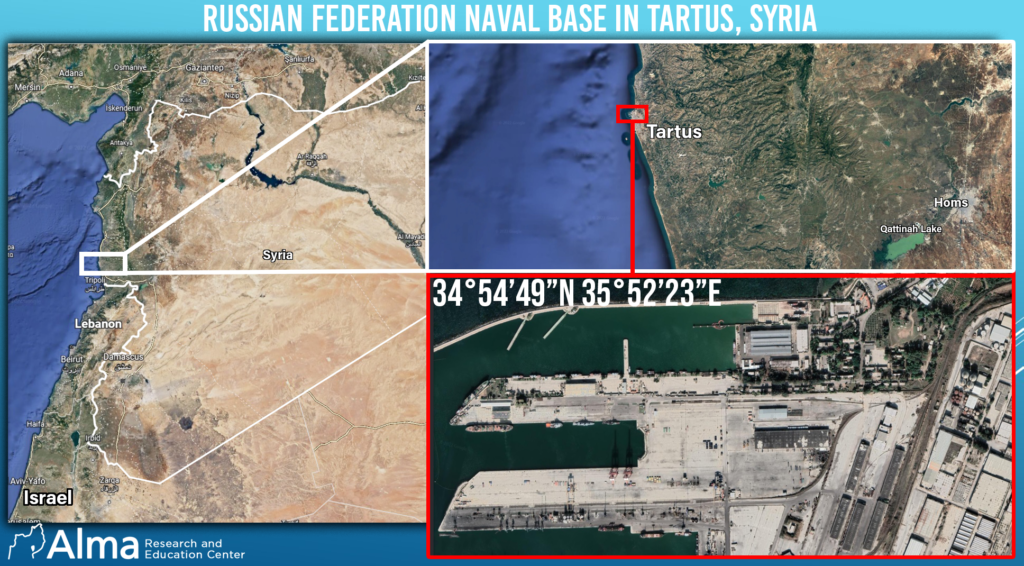

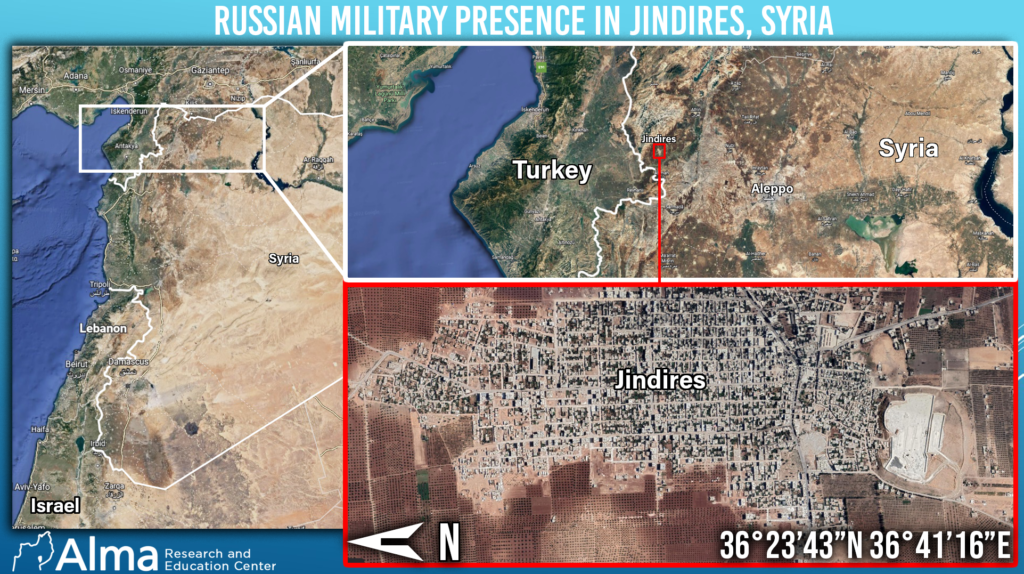
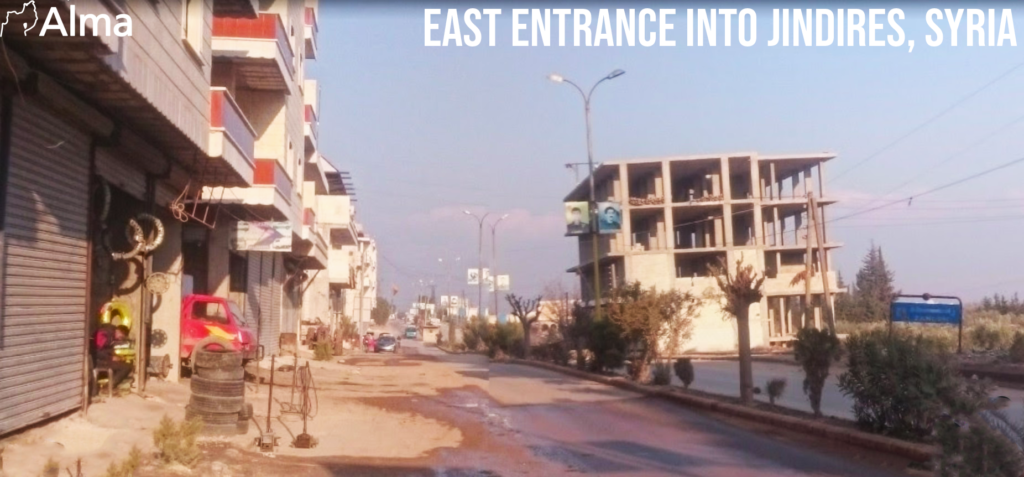



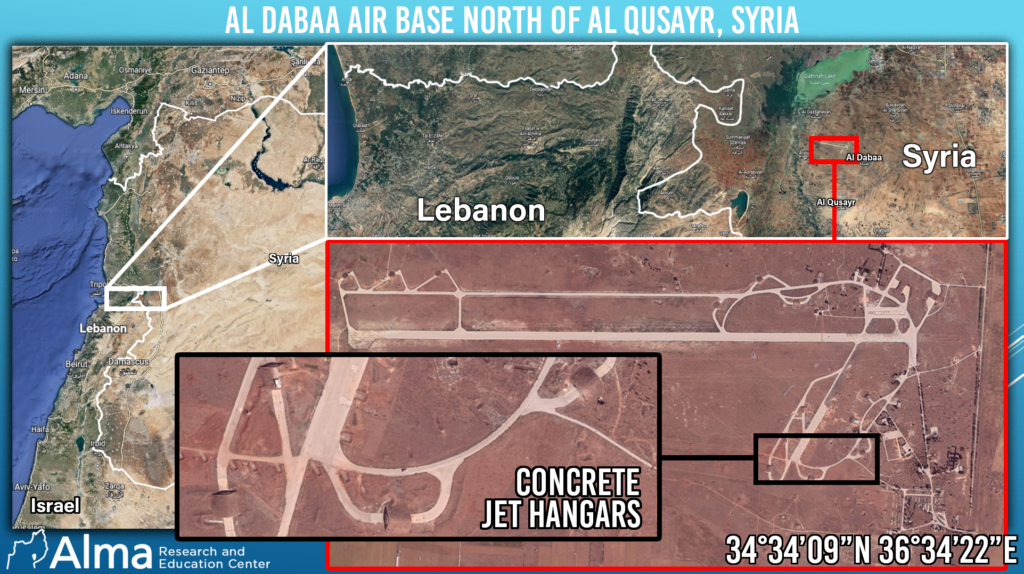
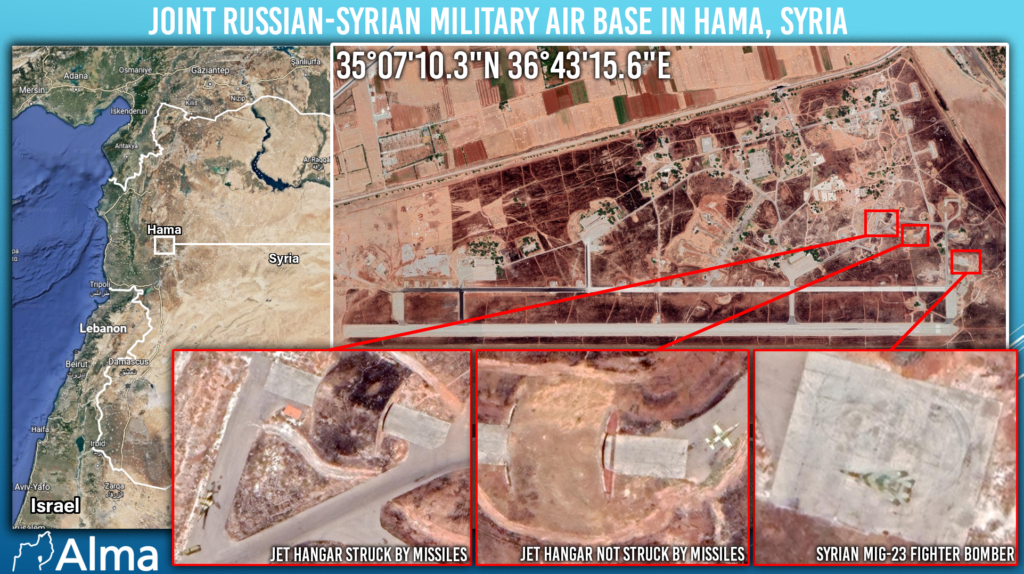
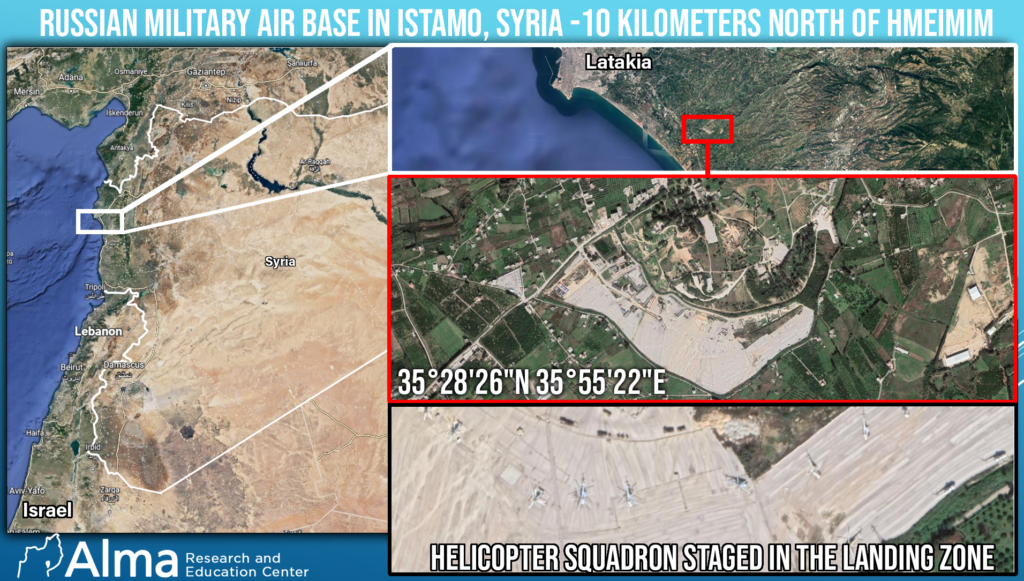
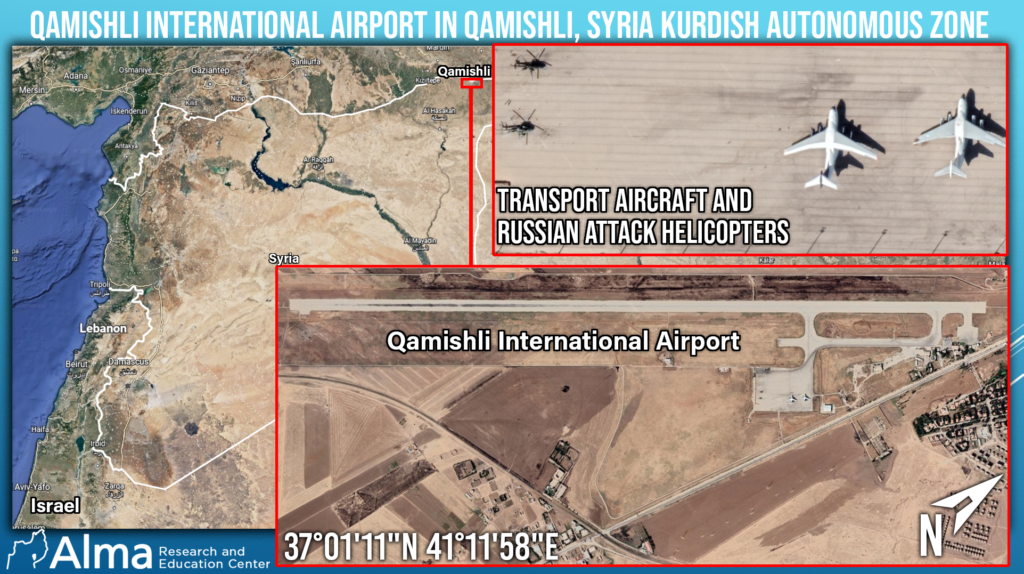







One Response